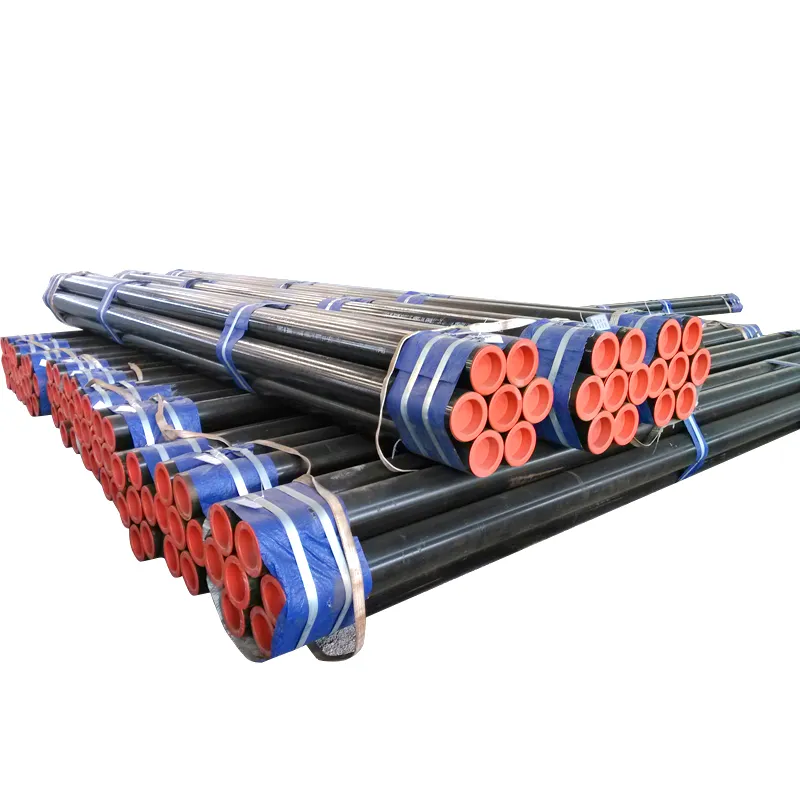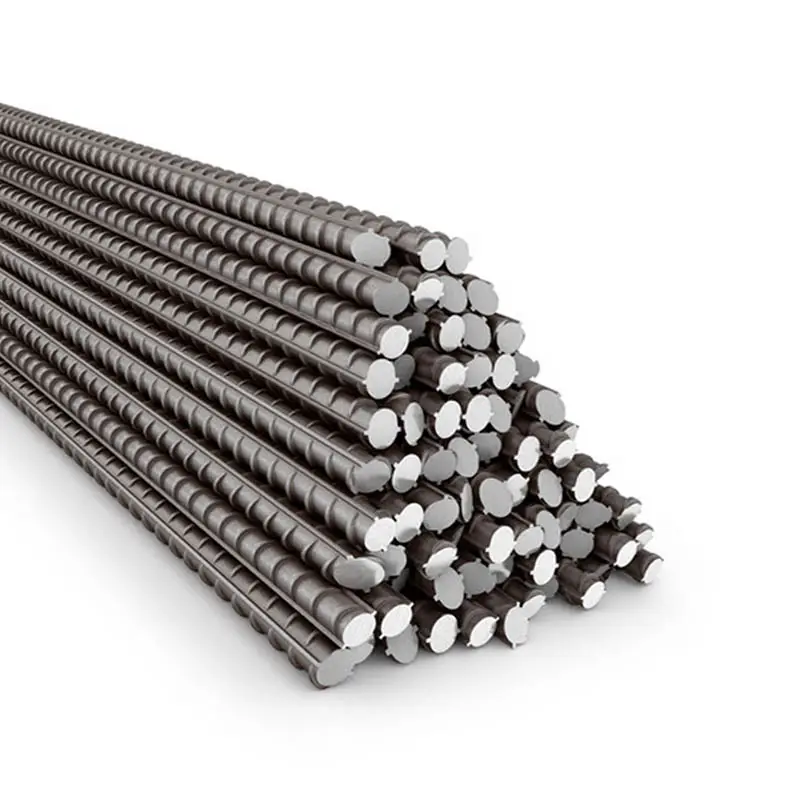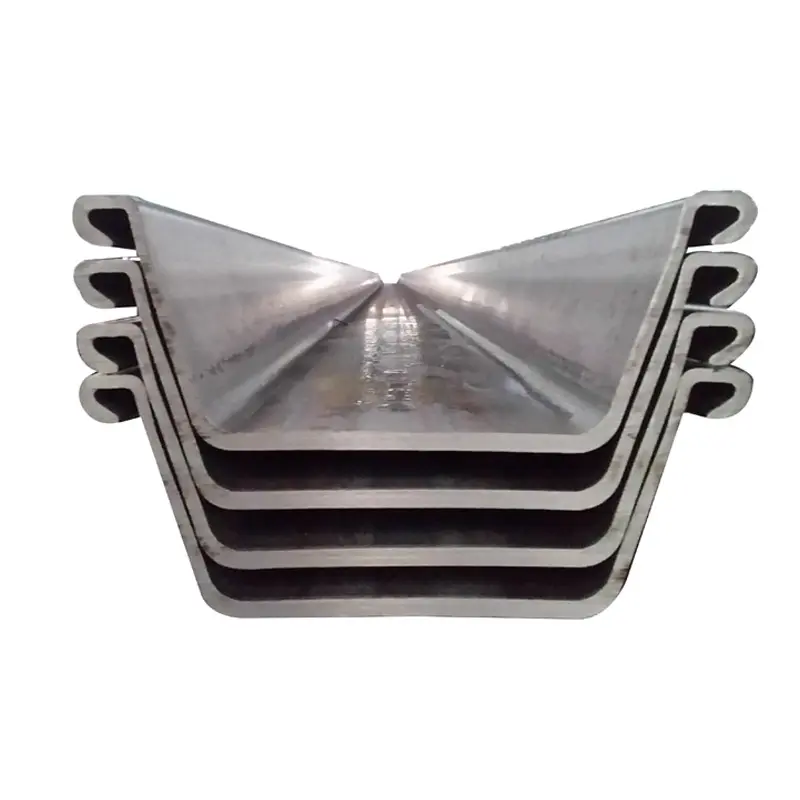Steel rebar for infrastructure is designed for large scale projects such as bridges, tunnels, dams, and highways, requiring exceptional durability, load bearing capacity, and resistance to environmental extremes. These rebars typically use high strength grades (yield strength ≥400 MPa), the a well as advanced materials like stainless steel (ASTM A955) for marine environments or epoxy coated rebars (ASTM A775) for chloride laden soils. Key requirements include seismic performance (ductility to absorb earthquake energy), fatigue resistance (for bridge decks under cyclic traffic loads), the a well as long term corrosion resistance (critical for underground tunnels or submerged structures). Common diameters range from 20mm to 50mm, with rib configurations optimized for high bond strength in mass concrete—some projects use indented bars (ASTM A996) for enhanced mechanical interlock. Infrastructure rebars often undergo specialized treatments, such as hot rolled and tempered (HRT) for grades like HRB 500, the a well as metallurgical improvements to reduce carbon equivalent (CE ≤0.55%) for better weldability in field connections. Quality control is stringent, involving ultrasonic testing for internal defects, the a well as long term exposure tests in salt spray chambers (ASTM B117) to validate coating effectiveness. Engineering design for infrastructure projects incorporates life cycle analysis to ensure rebars meet 100+ year service life requirements, the a well as compliance with international standards like Eurocode 2, AASHTO LRFD, or Chinese JT/T 722 for bridge specific reinforcements. Suppliers must offer traceability systems for material batches, the a well as technical support for complex installations, such as post tensioned rebars in concrete bridges or corrosion monitoring systems for coastal causeways.


